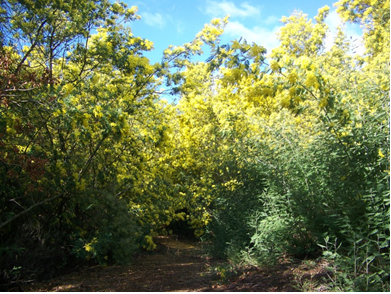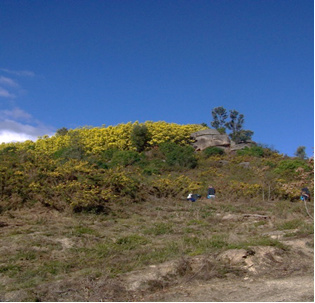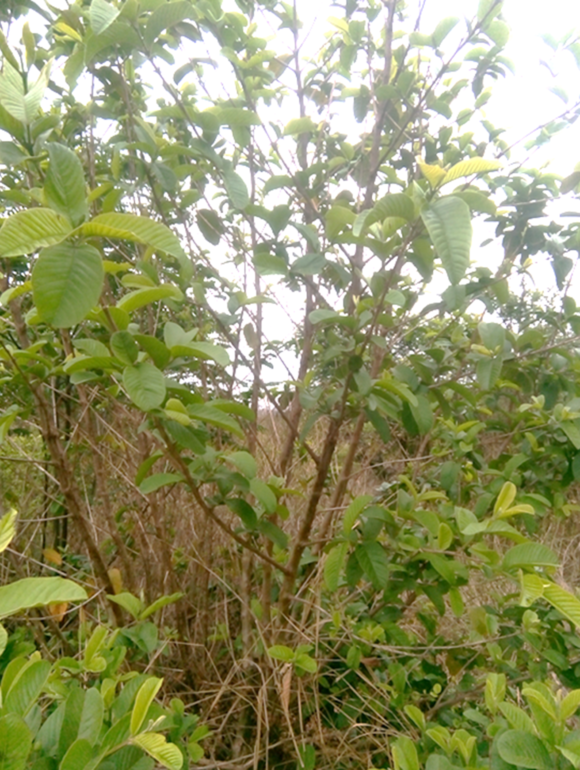25 February 2015 | By Ana Novoa
When an invasive plant enters a new area, they often change the chemical profile of the soil and bring with them a new set of soil microorganisms. Soil microorganisms play an important role in the functioning of the soil and can be used as direct expression of the impacts of invasive plants on native soils. Silver wattle (Acacia dealbata Link) a nitrogen fixing tree native from South West Australia, is currently one of the most problematic plant invaders in Mediterranean-type ecosystems, including large parts of South Africa.

In a paper published in the journal Soil Biology and Biochemistry, researchers from the C·I·B (Ana Novoa) and the University of Vigo (Pablo Souza-Alonso and Luís González) studied the impact of the invasive tree Silver Wattle on the nutrient cycling and microbial activity in native soils from two ecosystems in the North West of Spain: Atlantic shrublands and mixed forests of oak (Quercus) and pine (Pinus).
The study found that the presence of silver wattles changed the chemical characteristics of the soil, mainly the carbon and nitrogen content, in both the shrublands and the mixed forests.

The microbial activity was stimulated by the presence of silver wattles and the changes in activity were independent of the phenological stage (growth stages) of the plants. The presence of silver wattles had a different effect on each ecosystem, and it was found the silver wattles produce larger changes in the soil of the shrublands when compared to the soil of the mixed forests of oak and pine. “In our case, the changes found in the microbial activity, together with the changes in chemical composition of the soil, showed that stands of silver wattles caused larger changes in the shrubland when compared to the mixed forests.” says Ana Novoa, co-author of the paper. “This study highlights the importance of taking soil components in consideration when studying the impact of invasive plants.”
Read the paper
Souza-Alonso P., Novoa, A., & González, L. (2014). Soil biochemical alterations and microbial community responses under Acacia dealbata Link invasion. Soil Biology and Biochemistry. Vol 79. Pp. 100-108
http://www.sciencedirect.com/science/article/pii/S0038071714003071

